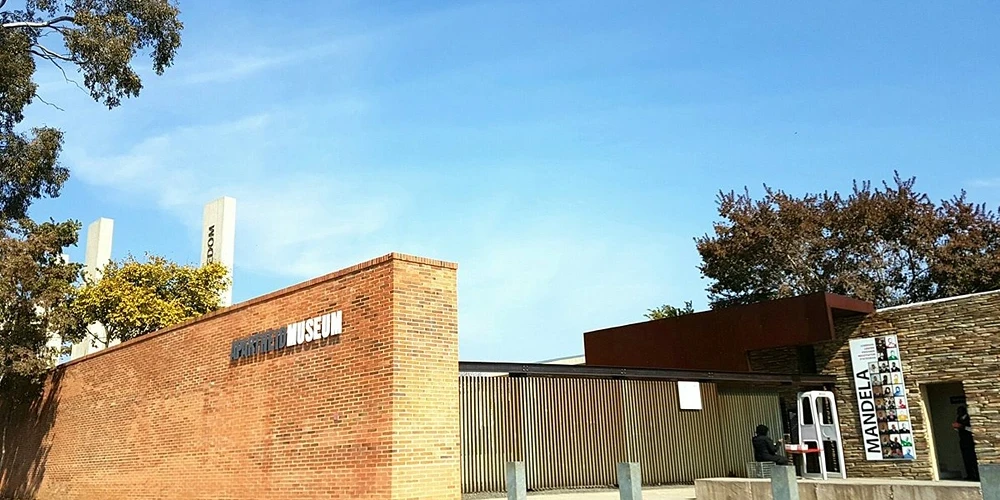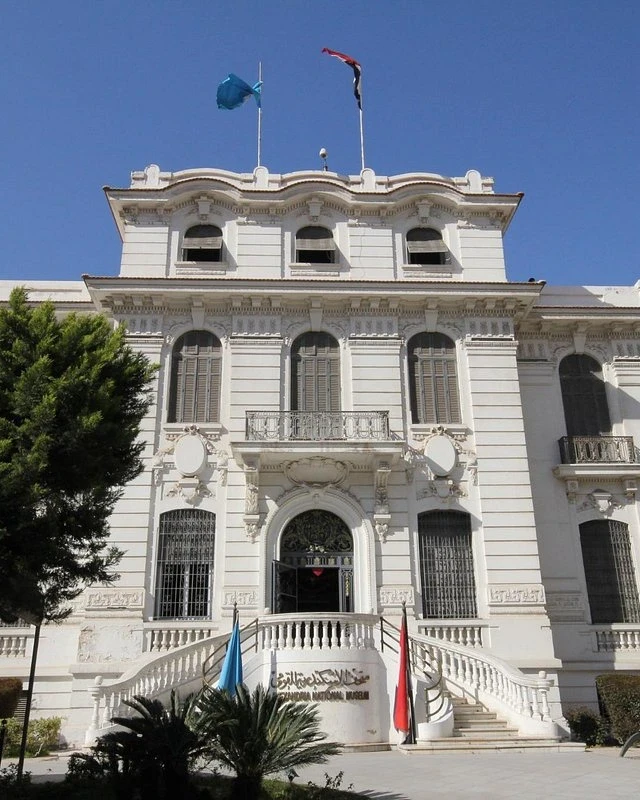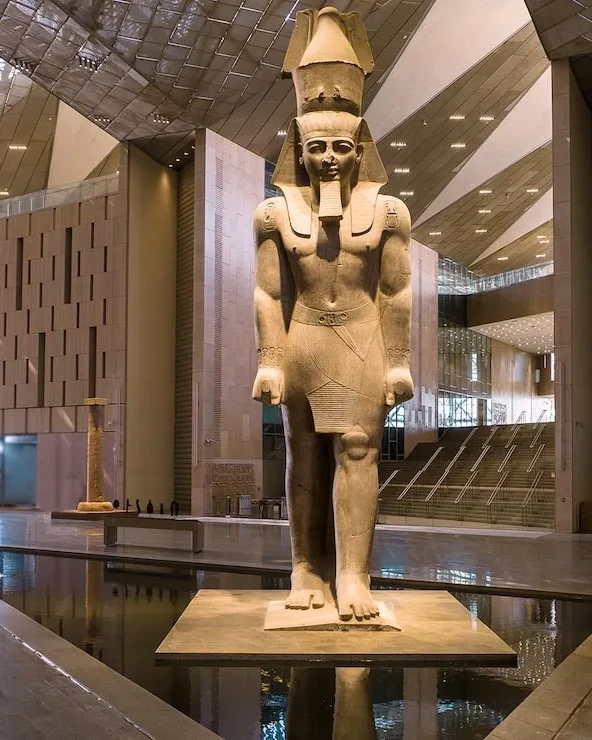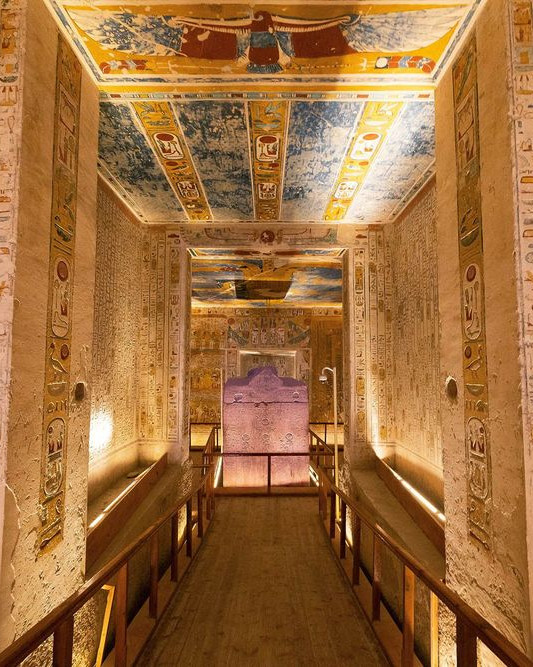Can you truly understand a nation’s soul without confronting its darkest history? The Apartheid Museum, opened in 2001, stands as a pivotal monument in South Africa, chronicling the rise and fall of the apartheid regime. Through 21 meticulously curated exhibitions, visitors explore the grim realities of racial segregation, the awakening of Black consciousness, and the harrowing yet triumphant journey toward democracy. This blog post delves into the museum’s historical significance, unveiling how it serves not just as a remembrance but as a vital educational tool for future generations.
History and Significance of the Apartheid Museum
The Apartheid Museum opened in 2001 and was built to illustrate the rise and fall of apartheid, commemorating the struggle for freedom and equality in South Africa. The museum was established to provide a comprehensive understanding of apartheid and its impact on South African society. Its purpose is to educate visitors about the injustices of apartheid and the nation’s journey towards democracy.
Key historical milestones showcased at the museum include:
- Race classification system
- Rise of Black consciousness
- Nelson Mandela’s release
- 1994 democratic elections
- The Truth and Reconciliation Commission (TRC)
The museum plays a crucial role in education and cultural heritage. It serves as an important educational resource for visitors of all ages, offering insights into the complexity of apartheid and its lasting effects. Through its exhibits, the museum fosters a deeper understanding of South Africa’s history and promotes the values of equality and human rights. By preserving and presenting this history, the museum contributes to ongoing conversations about justice and reconciliation.
Permanent and Temporary Exhibits at the Apartheid Museum
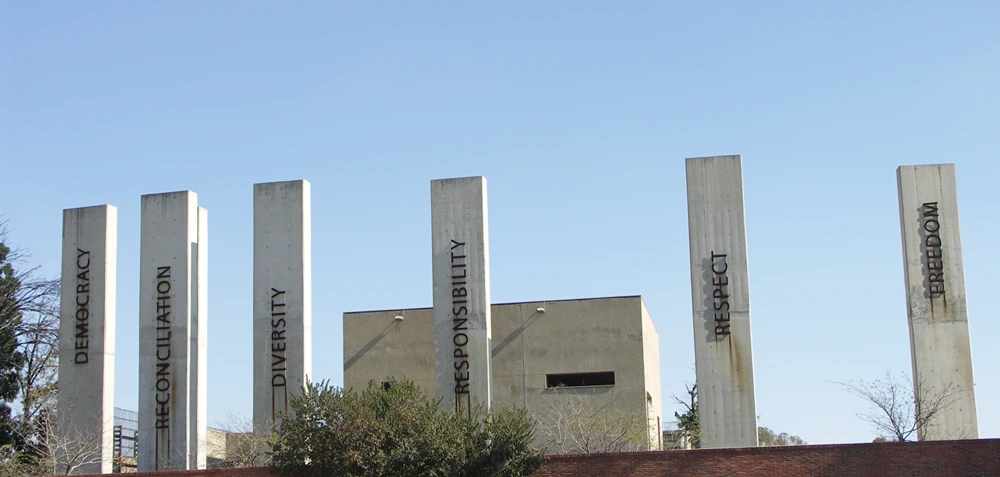
The exhibits at the Apartheid Museum are vital for understanding South Africa’s history. They offer deep insights into the apartheid era, illustrating its impact on the nation and its people. The permanent exhibits cover key aspects of apartheid, while the temporary exhibits delve into both historical and contemporary issues.
Permanent Exhibits
The Pillars of Constitution
This exhibit highlights the fundamental principles that underpin South Africa’s democratic constitution. Each pillar represents an essential value, such as equality, human dignity, and freedom.
Journey
“Journey” takes visitors through a chronological narrative of apartheid, starting from its inception to its eventual collapse. It includes multimedia elements, artifacts, and personal stories that provide a comprehensive overview of this dark period.
Apartheid
This exhibit focuses on the mechanisms of apartheid, including the race classification system, segregation policies, and the day-to-day impact on South Africans. It also covers the resistance movements that fought against these injustices.
The Homelands
“The Homelands” exhibit explores the forced relocation of Black South Africans to designated areas, detailing the living conditions and socio-economic impact of these policies.
The Truth and Reconciliation Commission (TRC)
The TRC exhibit examines the post-apartheid efforts to address the human rights violations committed during apartheid. It showcases testimonies, hearings, and outcomes of the TRC’s work in promoting healing and reconciliation.
Visitor Information: Hours, Tickets, and Location
The Apartheid Museum is conveniently located at the corner of Gold Reef Rd and Northern Parkway in Ormonde, Johannesburg. It welcomes visitors every day of the week from 09:00 to 17:00, offering ample time to explore the extensive exhibits.
Ticket prices are structured to accommodate different visitor categories:
- General Admission: R150 per person
- Pensioners: R85 per person
- University Students: R85 per person
- Scholars: R85 per person
Tickets can be purchased directly at the museum entrance or online through the official museum website. Visitors are encouraged to book in advance, especially during peak tourist seasons, to avoid long queues. The museum also provides guided tours, which can be booked in advance for a more in-depth experience. Visitors should plan to spend at least two hours to fully appreciate the exhibits and educational resources available.
Visitor Reviews and Experiences at the Apartheid Museum
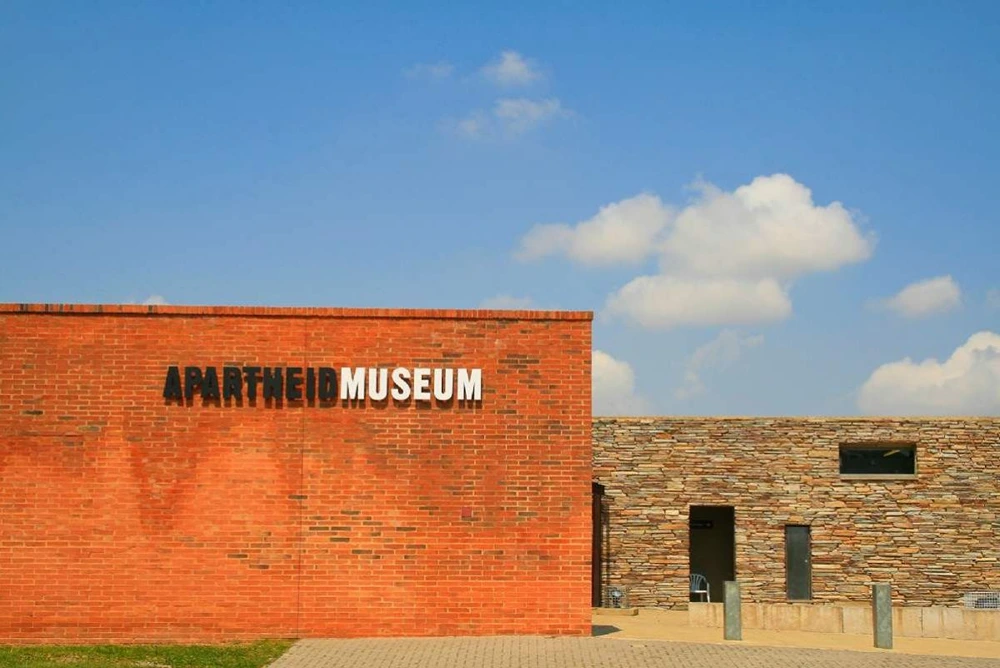
Visitors consistently praise the Apartheid Museum for its comprehensive and engaging exhibits. The museum is often described as a haunting yet essential experience, providing an in-depth understanding of South Africa’s recent history. Many reviewers recommend allocating ample time to explore the museum fully, as the wealth of artifacts, photographs, and archival information can be overwhelming.
Key aspects that visitors commonly praise or critique include:
- Exhibit Depth: The detailed and thorough nature of the exhibits.
- Emotional Impact: The haunting and powerful emotional experience.
- Time Requirement: The need for more time to explore all exhibits.
- Educational Value: The museum’s role in educating about apartheid history.
- Guided Tours: The added value of guided tours for deeper insights.
Overall, the impact of visiting the Apartheid Museum is profound. It offers a unique and educational journey through one of the most challenging periods in South African history. Visitors leave with a greater appreciation for the struggle for freedom and equality and the ongoing efforts toward reconciliation and justice.
Educational Resources and Multimedia at the Apartheid Museum
The Apartheid Museum provides a variety of educational programs and resources designed to deepen visitors’ understanding of apartheid history. These resources include an audio guide that offers detailed commentary on the exhibits, making the museum experience more informative and engaging. Additionally, the museum organizes workshops that delve into specific topics related to apartheid, offering a more interactive learning environment. School trips are also a significant component, providing tailored educational experiences for students of all ages. These programs are crucial for fostering a comprehensive understanding of the social, political, and cultural impacts of apartheid.
Multimedia and interactive exhibits include:
- Artifacts: Historical items that provide tangible connections to apartheid-era events.
- Photographs: Visual documentation of key moments and figures in the struggle against apartheid.
- Videos: Archival footage and documentaries that offer dynamic insights into the period.
- Interactive Displays: Engaging touchscreens and installations that allow visitors to explore the history in a hands-on manner.
These educational tools offer numerous benefits for visitors. The use of multimedia elements such as photographs and videos brings historical events to life, making the information more accessible and engaging. Interactive exhibits encourage visitor participation, enhancing the learning experience by allowing individuals to delve deeper into specific aspects of apartheid history. Overall, these resources help to create a more immersive and memorable visit, ensuring that the lessons of apartheid are both understood and remembered.
Practical Tips for Visiting the Apartheid Museum
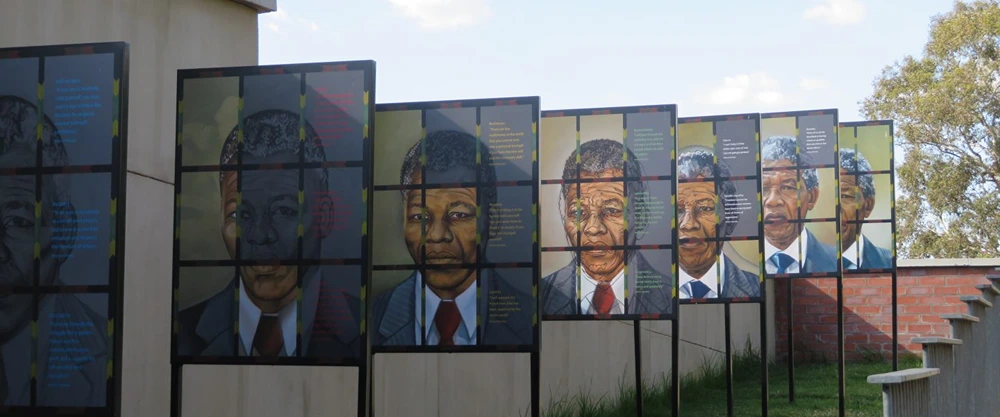
When planning your visit to the Apartheid Museum, allocate at least two hours to explore the extensive exhibits thoroughly. Guided tours are available and highly recommended for a more comprehensive understanding of the museum’s content. These tours can provide deeper insights into the historical context and significance of the exhibits, making your visit more enriching and informative.
Practical tips for visiting:
- Parking: The museum offers ample parking facilities for visitors.
- Accessibility: The museum is fully accessible to visitors with disabilities.
- Gift Shop: The on-site gift shop provides educational materials and unique souvenirs.
- Guided Tours: Book a guided tour in advance for a more detailed exploration.
To make the most of your visit, consider arriving early to avoid peak hours and ensure you have enough time to engage with each exhibit. Utilize the educational resources available, such as the audio guide, to enhance your understanding of the displays. Taking breaks in designated areas can also help you absorb the wealth of information presented throughout the museum.
Final Words
Visiting the Apartheid Museum offers a deeply enriching experience. From chronicling apartheid’s rise and fall to emphasizing its significance through exhibitions, the museum is a powerful educational tool. Key exhibits like “The Pillars of Constitution” and “The Truth and Reconciliation Commission (TRC)” enhance understanding of South Africa’s history.
Moreover, practical visitor tips ensure a well-rounded experience. The museum’s comprehensive resources, including multimedia exhibits, further facilitate learning.
The Apartheid Museum not only educates but also evokes reflection, making it a vital visit for anyone interested in South Africa’s history.
FAQ
What is the importance of Apartheid Museum?
Why was the Apartheid Museum built?
What is so special about the Apartheid Museum?
How much does it cost to go to the Apartheid Museum?
How long does it take to go through the Apartheid Museum?
What type of tourist will visit Apartheid Museum?
What is the history of the Apartheid Museum?
Top Attractions
Is it possible for a single museum to encapsulate thousands…
How can a single building contain the essence of a…
Why did the ancient Egyptians choose a secluded desert…


